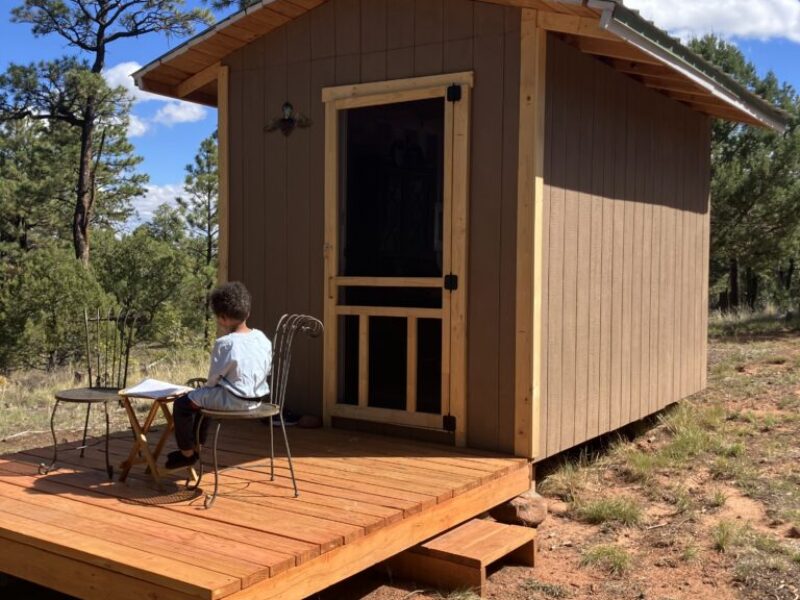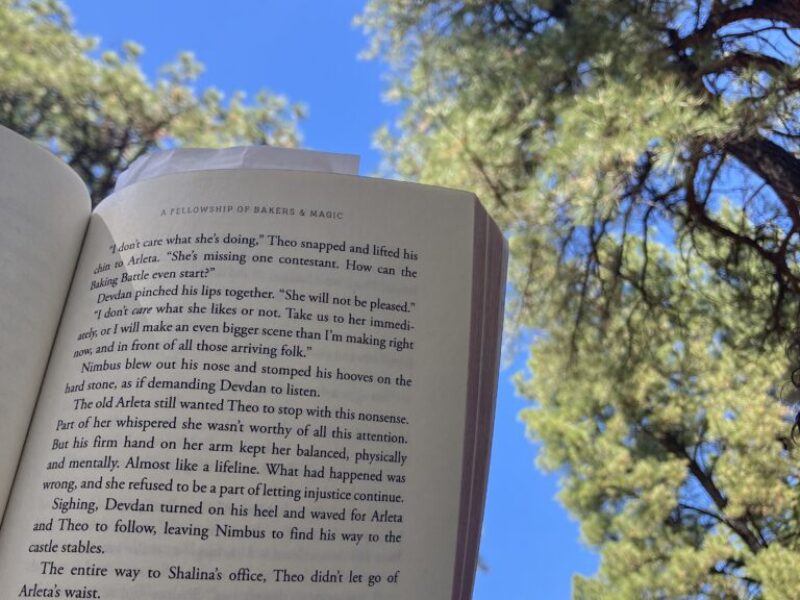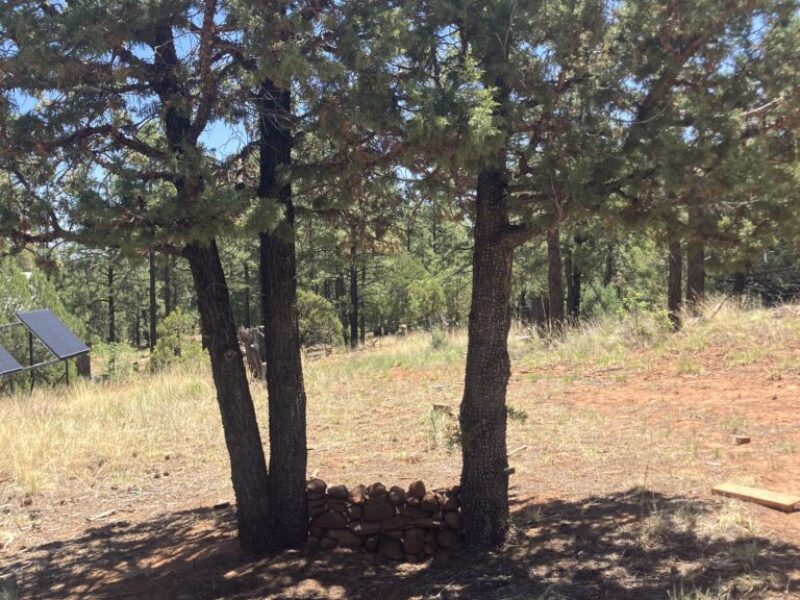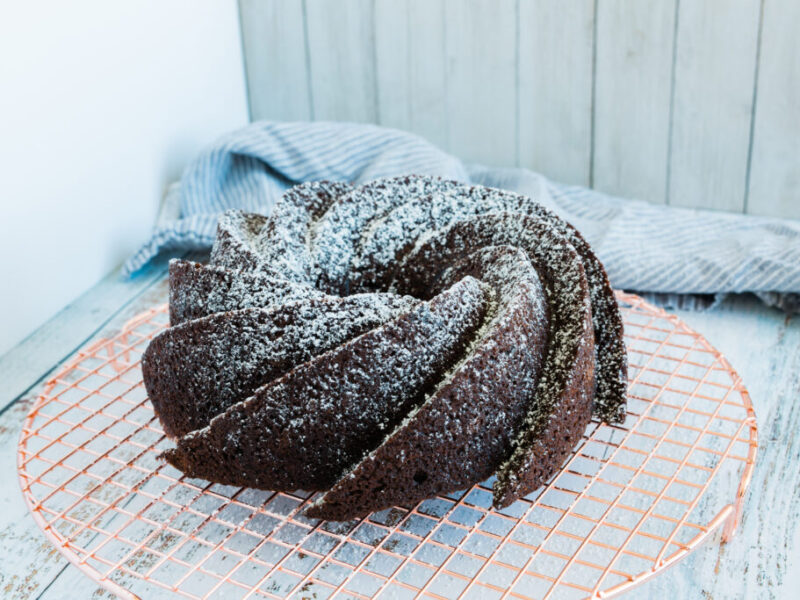Over the past weekend, I was amazed by how alive the forest was! The hummingbirds buzzed up to the feeder non-stop, the blue jays darted between ponderosa pines, the lizards slid in and out of stones at my feet, and even the wind chimes seemed louder and more in tune to me. They were singing to me!
The verdant quality of the forest made me even more aware of how uncreative I felt. I could get general tasks done—the dishes, change my clothes, make my coffee. But in other efforts, like helping my husband put up the screen door on the shed, I needed him to give me clear instructions. I needed him to take me from step to step. I usually can intuit next steps when we work on projects, but I had no creative juice in me.
I know that summer time brings great activity in the natural world (which we are interconnected to) and, thus, made me adjust my own activity. The more ramped up the natural world appeared to me, the more I wanted to conserve my energy.
My lack of juice also reminded me of the Buddhist principle of “non-doing” and receptivity sign from the I Ching or Book of Changes. Reading two is named “The Receptive.” It is the “complement to . . . the Creative: the dark which is illuminated by light, the earth which receives blessings of heaven, the vessel into which nourishment flows.” As I had suspected, it is a “time to follow rather than lead, to assist rather than initiate, to listen rather than talk.”
I haven’t even wanted to journal that much. But then I remembered a technique from Writing to Heal by James W. Pennebaker that is called “semi-automatic writing” and in the way of receiving. I knew I could journal using this tool without putting in much effort.
It works like this:
You put yourself into a passive, trance-like state, to learn about what is really bothering you (or below the surface that is only a whisper). You don’t pay conscious attention to what you are writing about or the writing process itself. You cover your hands when you type or turn off your computer monitor so you can’t see what you are writing. Before you write, try to clear your mind—breathe, focus on an object, or name an emotion. It’s almost like you become a vessel for another outside influence to speak through you. You don’t care about punctuation, writing complete sentences, or making sense. You give yourself permission to write gibberish.
At the beginning of this write, I felt curious, hopeful, prayerful
At the end of this write, I felt amazed, committed to the method, and connected to myself.
Here is how I reflected:
“The write was crazy! I can’t believe that I could feel the power of someone else speaking through me—the trance-like state was real. I am amazed that it brought up issues that I have compartamentalized—both good and bad—and they came to the surface, with just a little warm up of breath work and imagining jewel tones—ruby, emerald, topaz, sapphire. My body was anticipating the next message from the muses. My fingers were relaxed, not worried about punctuation. I am surprised by some of the topics that are still bothering me—a friend’s mistreatment of me, my son’s love of me with his kind affirming words, my husband’s words of more travel and bringing Grammy into our home, and assurance about my life as a writer and published author. I learned that this is a method that feels reassuring to me and def. helps clear out cobwebs of the heart that chronological time and space can’t give it’s attention to but kronos or goddess time can! This is the stuff of dream language!”
Because I have been in “The Receptive” way, it makes sense that my heart was too tired to give attention to the bigger picture themes of my life—the love that surrounds me and my bigger purpose as a writer. By letting go with this “semi-automatic writing tool,” I was able to access not reasons for my tiredness but settle into the receptivity even more. I didn’t need to fix anything. I just needed to listen to my heart. In the background of our lives, our hearts are aflame and our minds are still a-buzzing. This tool gave me permission to simply receive nuggets of wisdom without having to do anything about them.










